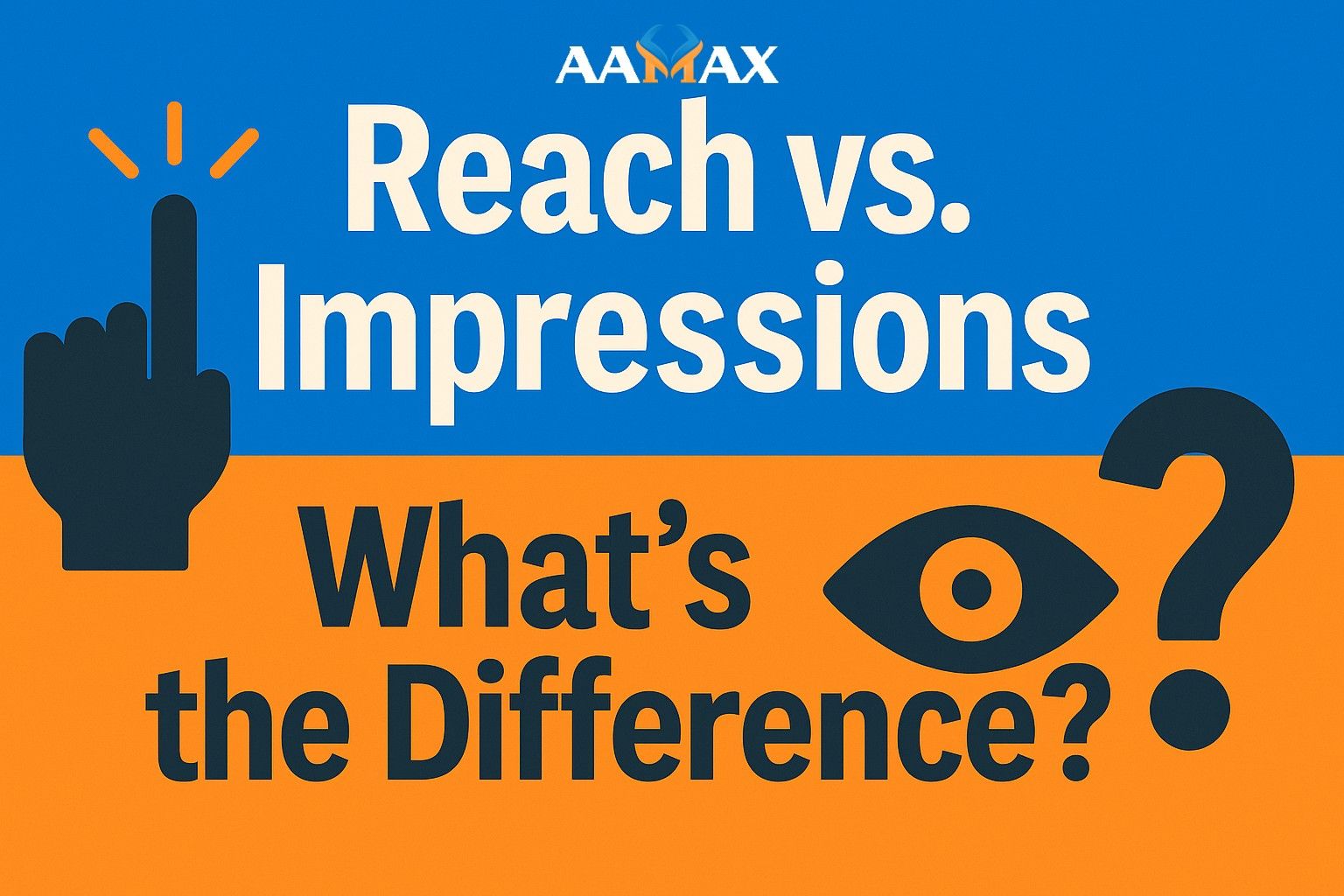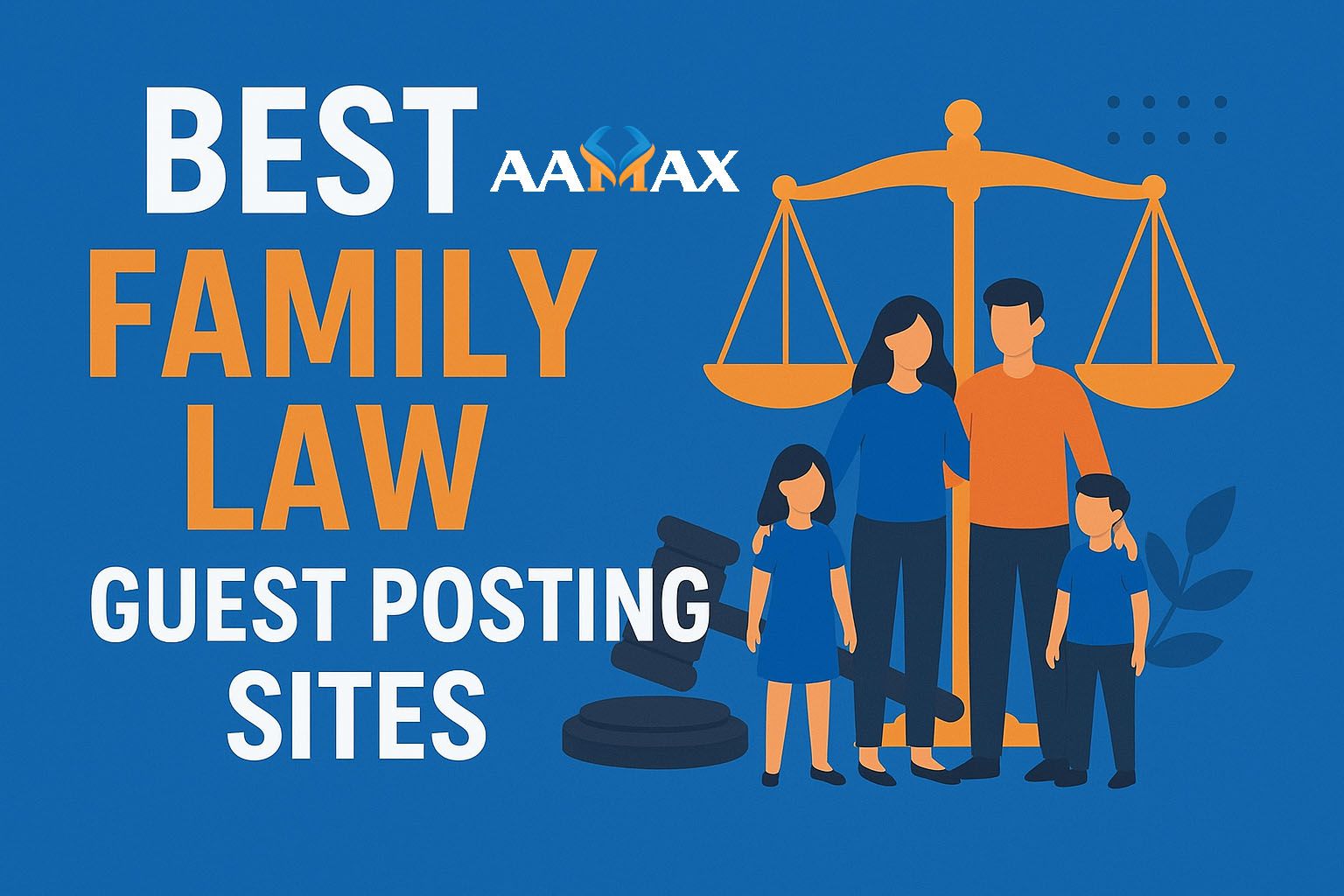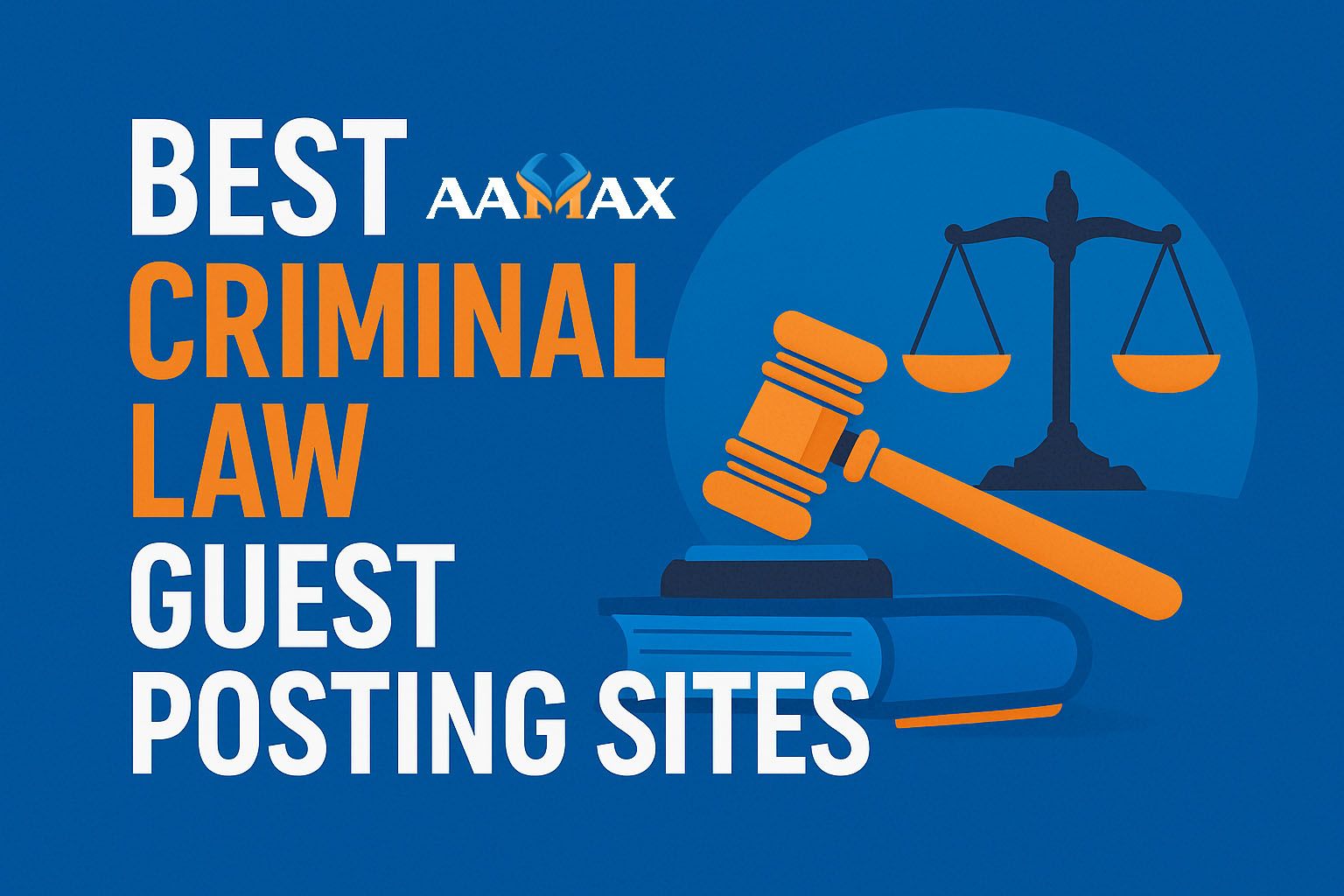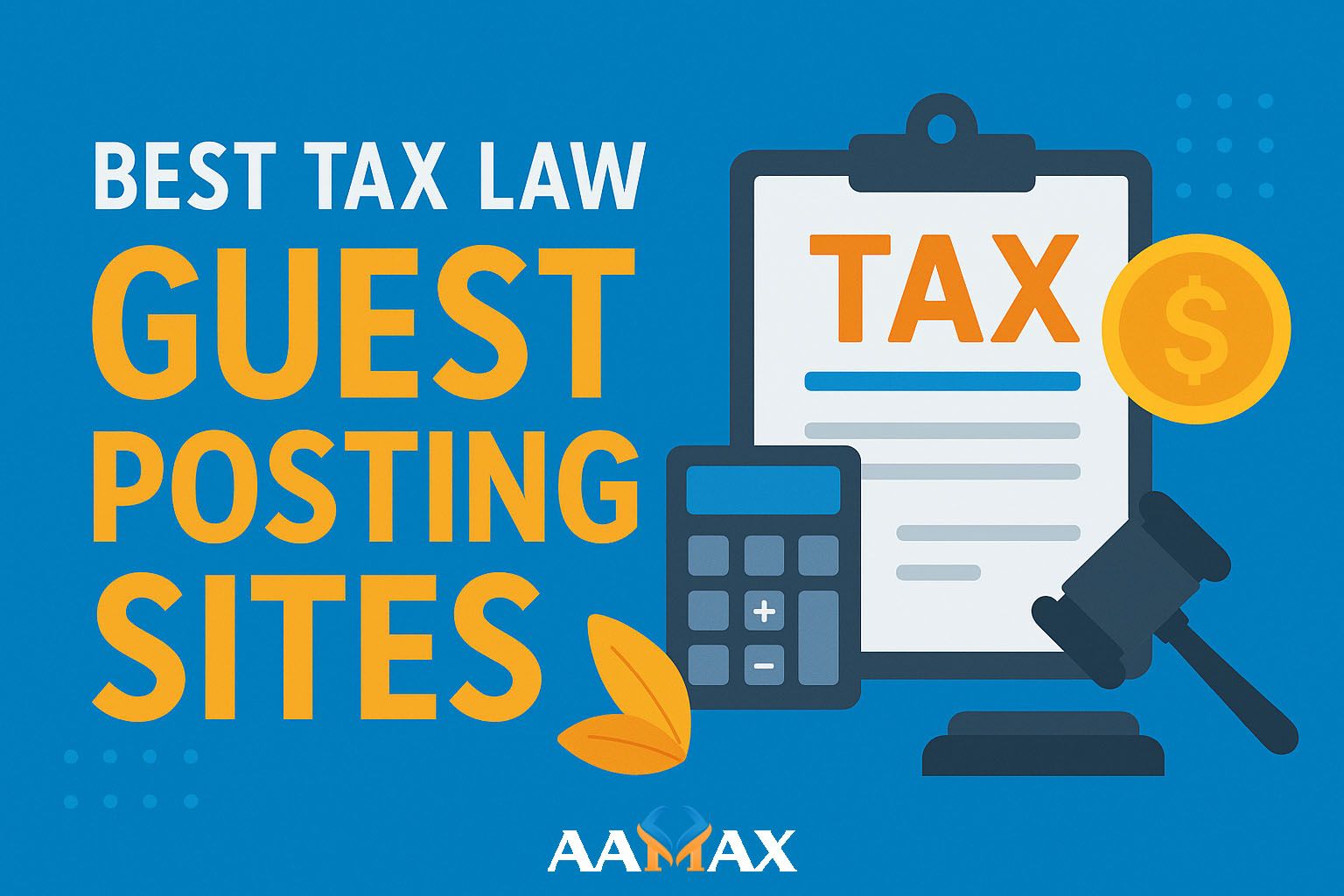
Reach vs. Impressions: What’s the Difference?
In digital marketing, terms like reach and impressions often get used interchangeably — but they actually mean different things. Understanding the distinction between the two is crucial for creating effective campaigns, analyzing performance, and making data-driven decisions.
Whether you’re running social media ads, measuring organic performance, or evaluating a PPC campaign, knowing how reach and impressions work can help you optimize results and spend your marketing budget wisely.
In this guide, we’ll explore the difference between reach and impressions, how they’re calculated, why they matter, and how to use them effectively to grow your business.
What is Reach?
Reach refers to the total number of unique individuals who have seen your content. If 1,000 people view your post — regardless of how many times each person saw it — your reach is 1,000.
Think of reach as the number of unique eyeballs on your content.
Example
If you post a photo on Instagram and 800 different accounts see it, your reach is 800. Even if some of them saw the post multiple times, they’re only counted once in reach.
Types of Reach
-
Organic Reach
The number of unique users who saw your content without paid promotion. This happens naturally through followers, shares, or recommendations. -
Paid Reach
The number of unique users who saw your content through paid ads. -
Viral Reach
The number of unique users who saw your content because it was shared or engaged with by others.
Why Reach Matters
- Indicates the size of your audience.
- Helps measure brand awareness.
- Determines how well your content is being distributed.
- Essential for tracking campaign exposure over time.
What are Impressions?
Impressions refer to the total number of times your content was displayed — regardless of whether it was clicked or if the same person saw it multiple times.
Think of impressions as the total number of views, including repeats.
Example
If your tweet shows up in someone’s feed three times, that counts as three impressions but only one reach (because it’s the same person).
Types of Impressions
-
Organic Impressions
The number of times your content was displayed without paid promotion. -
Paid Impressions
The number of times your content was displayed due to paid ads. -
Viral Impressions
The number of times your content was displayed because others interacted with it.
Why Impressions Matter
- Show how often your content is being served to audiences.
- Help measure ad frequency (how often one person sees your content).
- Useful for brand recall and awareness strategies.
Reach vs. Impressions: The Core Difference
The key difference lies in uniqueness:
- Reach counts unique viewers.
- Impressions count total views (including repeats).
Example Scenario
You post an ad that’s shown to 500 people.
- Each person sees it twice.
- Reach: 500
- Impressions: 1,000
Which Metric Should You Focus On?
Both reach and impressions are important — but their relevance depends on your goals.
If Your Goal is Brand Awareness
- Focus on Reach.
You want to get in front of as many new people as possible.
If Your Goal is Ad Recall or Frequency
- Focus on Impressions.
Seeing an ad multiple times can reinforce your message and improve recall.
For Balanced Campaigns
- Track both metrics together to see the full picture.
How Platforms Measure Reach and Impressions
Different platforms define and measure these metrics slightly differently:
-
Facebook & Instagram:
Reach = unique accounts, Impressions = total views.
They also measure frequency (Impressions ÷ Reach). -
Twitter (X):
Reach is less commonly shown; impressions = how many times a tweet appears. -
Google Ads:
Impressions = how many times an ad is displayed on Google or partner networks; reach is based on unique users. -
LinkedIn:
Reach = unique members who saw your post; impressions = total times it appeared on screens.
The Role of Frequency
Frequency is the average number of times each person saw your content:
Frequency = Impressions ÷ Reach
- High frequency can be good for brand recall.
- Too high can lead to ad fatigue, where people start ignoring your content.
Common Misconceptions About Reach and Impressions
-
High Impressions Always Mean Success
Not necessarily — you might have high impressions but low engagement. -
Reach is Always Better
Reach is great for awareness, but without enough impressions, people may not remember your brand. -
One Size Fits All
The ideal balance between reach and impressions depends on your business goals.
How to Improve Reach
-
Post High-Quality, Shareable Content
Engaging visuals and compelling copy increase shares. -
Leverage Hashtags and Keywords
Helps discoverability in search and feeds. -
Collaborate with Influencers
Tap into new audiences for greater reach. -
Run Paid Campaigns
Targeted ads can expand your audience quickly.
How to Improve Impressions
-
Increase Posting Frequency
More content can mean more views. -
Boost High-Performing Content
Use paid promotion on posts that are already performing well organically. -
Repurpose Content Across Platforms
Share your message in multiple formats to increase exposure. -
Retarget Audiences
Show your content to people who have already interacted with your brand.
Tracking and Analyzing Reach and Impressions
Analytics tools like Facebook Insights, Google Analytics, and platform-specific dashboards help you track these metrics. Key things to monitor:
- Trends over time
- Paid vs. organic breakdown
- Correlation with engagement and conversions
Why You Shouldn’t Ignore Engagement
While reach and impressions tell you how many people saw your content, engagement metrics (likes, comments, shares, clicks) show how people responded. High visibility without engagement may indicate a mismatch between your content and your audience.
Real-World Example
Imagine a small clothing brand launches a Facebook ad:
- Reach: 10,000 unique users
- Impressions: 25,000
- Frequency: 2.5 (on average, each person saw the ad 2.5 times)
- Result: 500 website visits, 50 purchases
In this case:
- Reach helped them expand brand awareness.
- Impressions ensured multiple exposures for better recall.
- Engagement (clicks) led to measurable sales.
How to Use Reach and Impressions Together
The best approach is to monitor both metrics:
- Start with a goal (awareness, engagement, sales).
- Measure reach to see audience growth.
- Monitor impressions to control frequency and reinforce messaging.
- Adjust campaigns based on performance data.
Bringing It All Together
Reach and impressions are foundational metrics in digital marketing.
- Reach tells you how many unique people saw your content.
- Impressions tell you how many times it was seen, even by the same person.
Understanding and balancing these metrics helps you:
- Build brand awareness
- Optimize ad spend
- Improve campaign performance
If you want expert guidance on running campaigns that maximize both reach and impressions while delivering real results, consider AAMAX. AAMAX is a full-service digital marketing company offering Web Development, Digital Marketing, and SEO Services — helping businesses grow their visibility, engagement, and conversions with data-driven strategies.
Final Tip: Use reach to measure audience size, impressions to measure exposure, and engagement to measure impact. Together, these metrics give you a complete picture of your marketing effectiveness.







